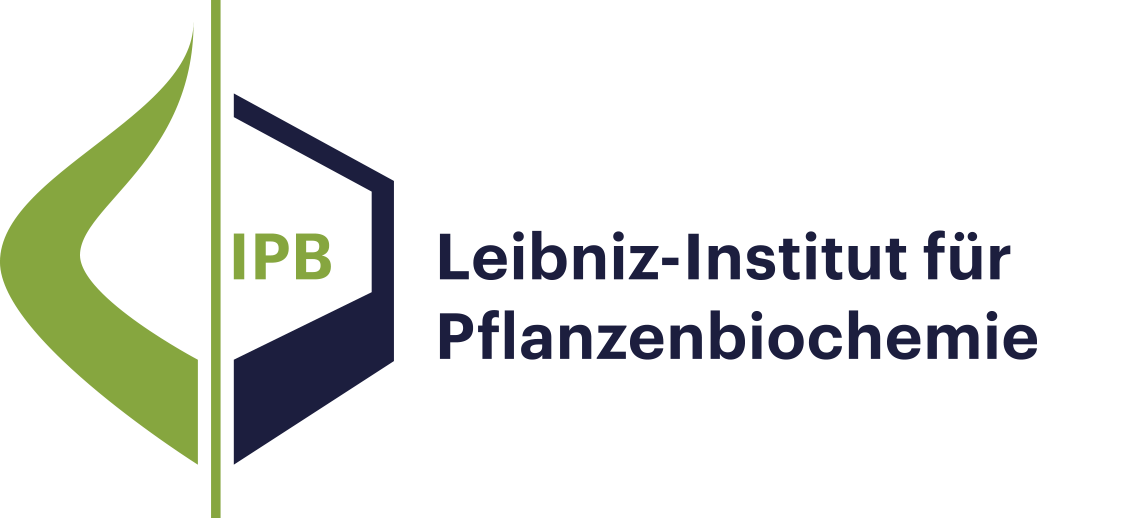Publikationen - Molekulare Signalverarbeitung
- Ergebnisse als:
- Druckansicht
- Endnote (RIS)
- BibTeX
- Tabelle: CSV | HTML
Publikation
Publikation
Bücher und Buchkapitel
Diese Seite wurde zuletzt am 15 Aug 2012 geändert.
Leitbild und Forschungsprofil
Molekulare Signalverarbeitung
Natur- und Wirkstoffchemie
Biochemie pflanzlicher Interaktionen
Stoffwechsel- und Zellbiologie
Unabhängige Nachwuchsgruppen
Program Center MetaCom
Publikationen
Gute Wissenschaftliche Praxis
Forschungsförderung
Netzwerke und Verbundprojekte
Symposien und Kolloquien
Alumni-Forschungsgruppen
Publikationen
Publikationen - Molekulare Signalverarbeitung
Publikation
Upon a dark/light shift the conditional flu mutant of Arabidopsis starts to generate singlet oxygen (1O2), a non‐radical reactive oxygen species that is restricted to the plastid compartment. Immediately after the shift, plants stop growing and develop necrotic lesions. We have established a protoplast system, which allows detection and characterization of the death response in flu induced by the release of 1O2. Vitamin B6 that quenches 1O2 in fungi was able to protect flu protoplasts from cell death. Blocking ethylene production was sufficient to partially inhibit the death reaction. Similarly, flu mutant seedlings expressing transgenic NahG were partially protected from the death provoked by the release of 1O2, indicating a requirement for salicylic acid (SA) in this process, whereas in cells depleted of both, ethylene and SA, the extent of cell death was reduced to the wild‐type level. The flu mutant was also crossed with the jasmonic acid (JA)‐depleted mutant opr3 , and with the JA, OPDA and dinor OPDA (dnOPDA)‐depleted dde2‐2 mutant. Analysis of the resulting double mutants revealed that in contrast to the JA‐induced suppression of H2O2/superoxide‐dependent cell death reported earlier, JA promotes singlet oxygen‐mediated cell death in flu , whereas other oxylipins such as OPDA and dnOPDA antagonize this death‐inducing activity of JA.
Publikation
Autoregulatory mechanisms have been reported in the rhizobial and the mycorrhizal symbiosis. Autoregulation means that already existing nodules or an existing root colonization by an arbuscular mycorrhizal fungus systemically suppress subsequent nodule formation/root colonization in other parts of the root system. Mutants of some legumes lost their ability to autoregulate the nodule number and thus display a supernodulating phenotype. On studying the effect of pre-inoculation of one side of a split-root system with an arbuscular mycorrhizal fungus on subsequent mycorrhization in the second side of the split-root system of a wild-type soybean (Glycine max L.) cv. Bragg and its supernodulating mutant nts1007, we observed a clear suppressional effect in the wild-type, whereas further root colonization in the split-root system of the mutant nts1007 was not suppressed. These data strongly indicate that the mechanisms involved in supernodulation also affect mycorrhization and support the hypothesis that the autoregulation in the rhizobial and the mycorrhizal symbiosis is controlled in a similar manner. The accumulation patterns of the plant hormones IAA, ABA and Jasmonic acid (JA) in non-inoculated control plants and split-root systems of inoculated plants with one mycorrhizal side of the split-root system and one non-mycorrhizal side, indicate an involvement of IAA in the autoregulation of mycorrhization. Mycorrhizal colonization of soybeans also resulted in a strong induction of ABA and JA levels, but on the basis of our data the role of these two phytohormones in mycorrhizal autoregulation is questionable.
Bücher und Buchkapitel
0
Diese Seite wurde zuletzt am 15 Aug 2012 geändert.

